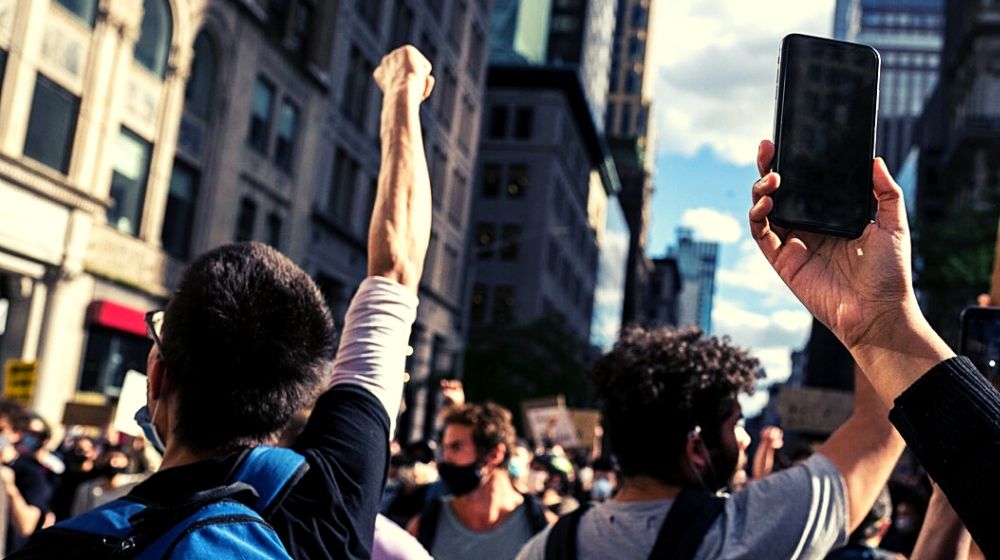Local News
Citizens Start Protests Against Stay-at-Home Orders Following Economic Fears

Stay-at-home orders in an effort to prevent the spread of the coronavirus have caused protests. At least 15,000 cars and trucks are expected to descend on Michigan’s state capital on Wednesday. These people are protesting against what they’re calling Gov. Gretchen Whitmer’s tyrannical new guidelines.
Are the New Guidelines Too Much?
The “drive-by” demonstration aims to protest the “Stay Home, Stay Safe” executive order by Whitmer, as per Fox News. The order mandates what businesses could stay home and what some businesses could sell.
“Quarantine is when you restrict movement of sick people. Tyranny is when you restrict the movement of healthy people,” said Meshawn Maddock, an organizer of the protest with the Michigan Conservative Coalition. “Every person has learned a harsh lesson about social distancing. We don’t need a nanny state to tell people how to be careful.”
Armed Protest Returns To Michigan Capitol To Fight Governor's Stay-At-Home Order https://t.co/GkCQJZ1SmL
— ISAFWarWolf 🏳️🌈 🇺🇸 💯👀👨🍳🌌✌🕊 (@WarWolf82521432) June 12, 2020
“Operation Gridlock” is just one of a number of demonstrations of civil disobedience across the country. Citizens becoming upset with their state’s stay-at-home orders caused these protests.
Alex Berenson, a former New York Times reporter, tweeted: “Now this is viral growth: a North Carolina Facebook group called #ReopenNC began last Thursday and has 21,000 members already; it is calling for a protest tomorrow. North Carolina, population 10.4 million, has 81 #COVID deaths and 331 people hospitalized.”
He also said that “the Michigan FB group – ‘Michiganders Against Excessive Quarantine' – which has 262,000 members, 2.6% of the state’s population!” has dwarfed #reopenNC. “In a week. As someone wrote me, people in MI know when you lose jobs, they don’t come back,” he said in another tweet.
Around 16.8 million Americans have lost their jobs in the last three weeks. This shows the largest and fastest series of job losses in records dating to 1948. “By contrast, during the Great Recession, it took 44 weeks — roughly 10 months — for unemployment claims to go as high as they now have in less than a month.”
Up Next:












